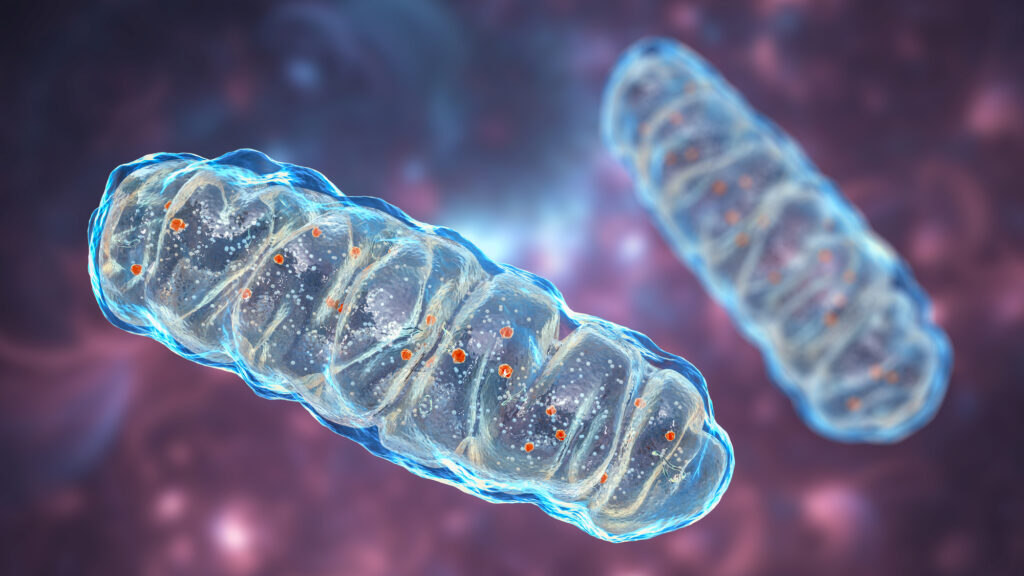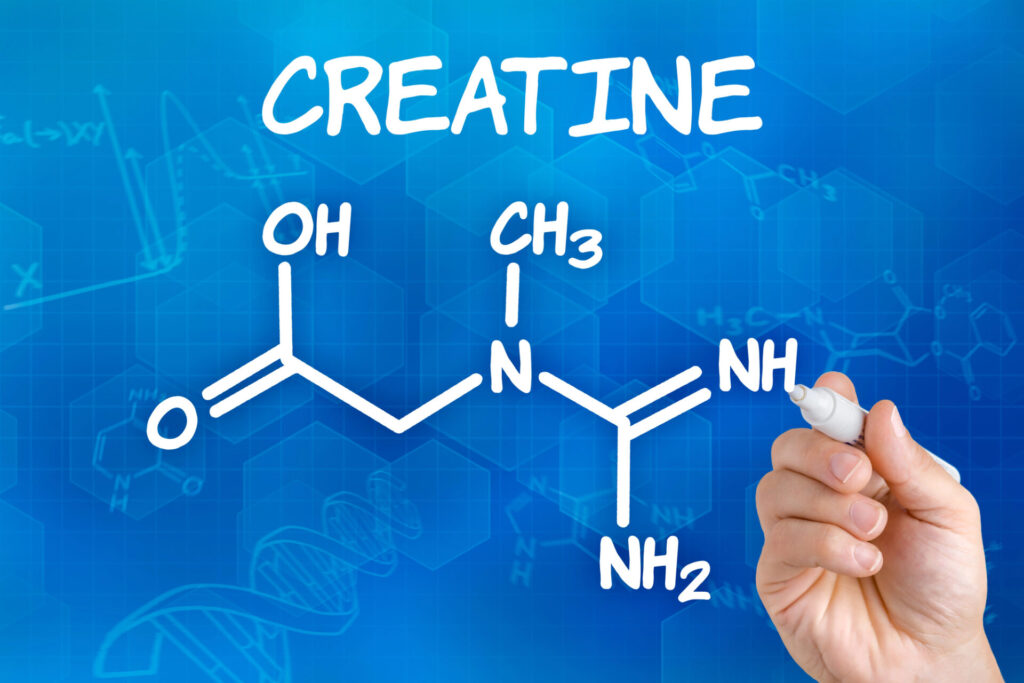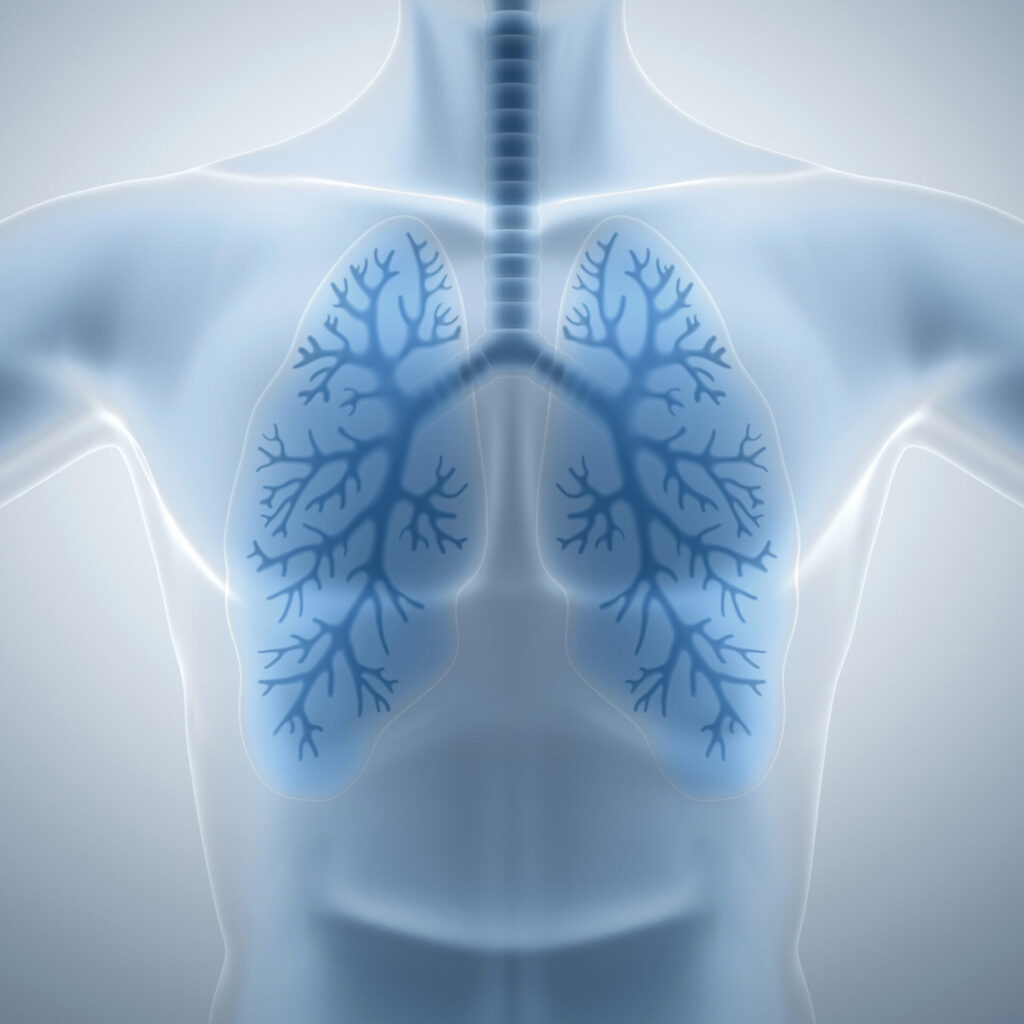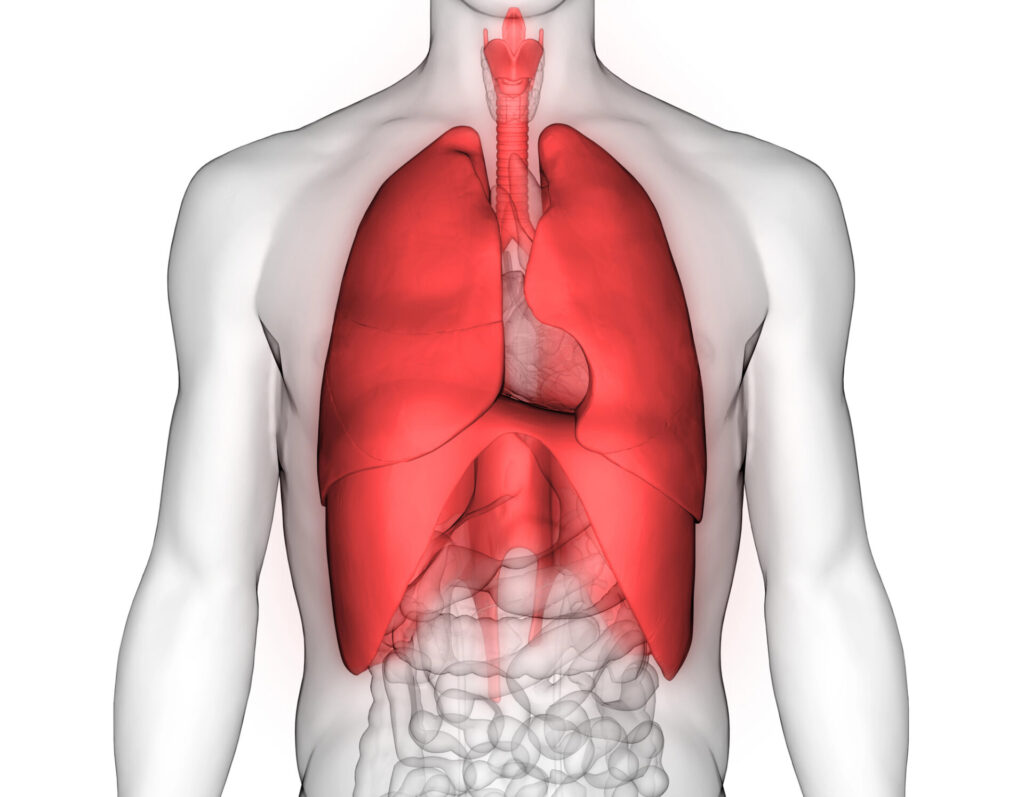How maintaining mitochondrial wellness supports cellular function, offsets declines and helps your patients live longer and better
Why do we age? While explanations of biological aging range from telomere shortening and epigenetic malfunctions to inflammaging, current theories essentially fall into one of two categories. Programmed theories suggest aging adheres to a largely inflexible biological clock, similar to the timetable controlling growth and development in childhood. Damage or error theories emphasize the accumulation of environmental assaults over time as the primary cause of aging, proposing that cumulative damage at a cellular level leads to functional decline and age-related pathologies. Mitochondrial dysfunction, associated with the damage theory, is perhaps one of the most prominent—and changeable–hallmarks of aging.1, 2, 3
Beyond energy: the role of mitochondria in healthy aging.
“Current theories suggest the mitochondria are pivotal in healthy aging, playing a more wide-ranging role in maintaining cellular homeostasis and proper functioning than we ever understood,” says Risa Schulman, PhD, Senior Science and Regulatory Advisor for Kaneka. Because they play a critical role in cellular function, energy production and the regulation of apoptosis, mitochondria dysfunction has widespread impacts on cellular processes and declines in tissue and organ health. Significant alterations in mitochondria and disturbances in cellular dynamics are widely documented in aging and are thought to be a central factor in many age-related pathologies.4, 5, 6
In the process of aging, mitochondrial biogenesis tends to decrease, diminishing mitochondria numbers and function. This results in impaired efficiency of the electron transport chain, reduced ATP production and increased formation of reactive oxygen species (ROS) that damage mitochondrial DNA, proteins and lipids. Alterations in mitochondrial function further perpetuate oxidative stress and interfere with cellular energy production. Mitochondrial disruptions also impact cellular apoptosis, contributing to the degeneration of tissues and organs associated with aging.7, 8
Mitochondrial support: evidence-based strategies for slowing aging.
While mitochondria are particularly vulnerable to damage, specific diet and lifestyle interventions have been shown to preserve mitochondrial health and slow age-related declines. Science-backed strategies proven to promote vital aging:
- Diet and nutrition. Certain diets and eating patterns are known to optimize mitochondrial function. The MITO Food Plan focuses on minimizing foods that drive inflammation and emphasizing antioxidants and therapeutic nutrients to support mitochondria. Specific components of the Mediterranean Diet, including polyphenols, plant-derived compounds like butyric acid and polyunsaturated fatty acids, improve mitochondrial metabolism, biogenesis and antioxidant capacity. Omega 3 polyunsaturated fatty acids in particular protect mitochondria, compared to saturated fatty acids. While high-fat diets impair mitochondrial function and fusion, low-carb and Keto diets appear to reduce oxidative stress, boost ATP production and promote mitochondrial biogenesis.9, 10, 11, 12
- Caloric restriction and intermittent fasting. Restricting calorie intake without limiting essential nutrients activates cellular pathways shown to improve mitochondrial efficiency and dynamics, support biogenesis, enhance antioxidant defenses and impede age-related mitochondrial disruptions. Intermittent fasting, with cycling between periods of fasting and eating, offers similar benefits. Intermittent fasting is associated with better mitochondrial function and repair, increased mitochondrial respiration, reduced ROS production and decreased inflammatory status, and research suggests intermittent fasting is effective in limiting mitochondrial damage and preventing age-related mitochondrial changes.13, 14, 15, 16
- Exercise. Regular physical exercise has been shown to counteract oxidative stress, decrease DNA damage, enhance mitochondrial capacity and protect overall mitochondrial function. In studies, moderate regular aerobic exercise during aging delays mitochondrial decline and minimizes mitochondrial disruptions. Exercise also regulates mitochondrial quality control, allowing the repair or elimination of damaged mitochondria and promoting biogenesis. Other research suggests endurance training inhibits the expression of UCP3, a mitochondrial protein that uncouples respiration from ATP synthesis, heightening energy production efficiency. High-intensity interval training appears to have the greatest effect, offering potentially significant increases in mitochondrial capacity, especially in older subjects, and improving age-related mitochondria impairments.17, 18, 19, 20, 21
- Stress management. Acute and chronic stress influences various aspects of mitochondrial biology, impacting structural and functional recalibrations of mitochondria, and ongoing exposure to stress is known to interfere with mitochondria function. Stress management practices and relaxation techniques are proven strategies for easing anxiety, and several studies note the positive benefits of yoga and meditation on mitochondrial health and cellular aging. Engaging in a regular yoga practice can reduce markers of oxidative stress, maintain mitochondrial integrity and function, and slow aging. Deep breathing and meditation have similar effects on mitochondrial health.22, 23, 24, 25
- Sleep quality. Insufficient sleep is associated with accelerated cellular aging and chronic long-term sleep deprivation has been shown to alter mitochondrial dynamics and capacity. Sleep deprivation not only damages mitochondrial structure and morphology but also decreases the number of mitochondria and impairs their function. Over time, chronic sleep loss may lead to accumulated mitochondrial damage that impacts cell death pathways. Sleep and mitochondria exist in a bidirectional relationship: mitochondria are involved in regulating sleep, and mitochondrial dysfunction is linked with a higher risk of sleep disorder-related neurodegenerative conditions. Deep, restful sleep protects and restores mitochondrial health, and is required for oxidative recovery and the process of mitophagy, in which defective mitochondria are eliminated.26, 27, 28, 29, 30
- Supplement support. Certain supplements, including acetyl-L-carnitine, NADH, alpha-lipoic acid and some B vitamins, have been shown to support mitochondria by protecting against oxidative stress, inhibiting inflammation, improving mitochondrial efficiency of ATP production and other mechanisms. Coenzyme Q10 (CoQ10) plays a crucial role in mitochondrial health, and ubiquinol, its reduced form, is especially powerful in preventing mitochondrial dysfunction and age-related decline.31, 32, 33, 34
Ubiquinol: the superior form of CoQ10.
As a key component of the mitochondrial respiratory chain, CoQ10 ensures efficient electron transfer, facilitating ATP production and reducing the generation of ROS. It also acts as a potent antioxidant within the mitochondria, aiding in the regeneration of α-tocopherol and other antioxidants, preserving their function and maintaining a robust defense system. CoQ10’s anti-inflammatory properties dampen inflammation, known to contribute to mitochondrial dysfunction, and numerous studies suggests CoQ10 can protect against mitochondrial decay associated with aging.35, 36, 37, 38, 39, 40, 41
During aging, CoQ10 levels measurably decline, with some research showing CoQ10 concentrations in the heart and organs may be lowered by half. Stains, bisphosphonates and other medications—often used by older adults—further deplete CoQ10, so an effective supplement is a critical component of a vital aging protocol. Most CoQ10 supplements typically occur as ubiquinone, the oxidized form, which must be converted to ubiquinol. But CoQ10 absorption is slow and limited, and aging further decreases the body’s efficiency in absorbing and converting CoQ10.42, 43, 44, 45
Ubiquinol, the reduced form of CoQ10, is significantly more bioavailable—important for older adults, to protect against age-associated mitochondrial dysfunction. Ubiquinol does not require conversion by the body and can be readily utilized, and research demonstrates its superior bioavailability. In studies, ubiquinol was three to four times better absorbed than ubiquinone forms, resulting in significantly higher plasma increases in CoQ10.46, 47, 48, 49
Ubiquinol is also a highly potent antioxidant. Because it carries two additional electrons, it can readily donate its extra electrons to neutralize free radicals, offering more powerful antioxidant capabilities than CoQ10 in its oxidized form—vital for protecting mitochondria. “Oxidative damage becomes more pronounced in aging because the body’s antioxidant and internal repair systems don’t work as efficiently,” says Schulman. “As a localized antioxidant, ubiquinol targets free radicals in the mitochondrial membrane, especially important as we age.”
Studies link ubiquinol supplementation with reduced markers of oxidative stress as well as decreased inflammation, cardioprotective effects and possible benefits in obesity, insulin resistance and metabolic syndrome. In other research, ubiquinol supplementation improved mitochondrial health, less fatigue and enhanced aerobic capacity, exercise tolerance and physical performance significantly more than CoQ10. 50, 51, 52, 53, 54, 55, 56, 57
References:
- Viña J et al. Theories of ageing. IUBMB Life. 2007 Apr-May;59(4-5):249-54.
- Jin K. Modern Biological Theories of Aging. Aging Dis. 2010 Oct 1;1(2):72-74.
- López-Otín C et al. The hallmarks of aging. Cell. 2013 Jun 6;153(6):1194-217.
- Amorim JA et al. Mitochondrial and metabolic dysfunction in ageing and age-related diseases. Nat Rev Endocrinol. 2022 Apr;18(4):243-258.
- Lima T et al. Pleiotropic effects of mitochondria in aging. Nat Aging. 2022 Mar;2(3):199-213.
- Peterson CM et al. Skeletal muscle mitochondria and aging: a review. J Aging Res. 2012;2012:194821.
- Srivastava S. The Mitochondrial Basis of Aging and Age-Related Disorders. Genes (Basel). 2017 Dec 19;8(12):398.
- San-Millán I et al. The Key Role of Mitochondrial Function in Health and Disease. Antioxidants (Basel). 2023 Mar 23;12(4):782.
- Wesselink E et al. Feeding mitochondria: Potential role of nutritional components to improve critical illness convalescence. Clin Nutr. 2019;38:982–995.
- Khalil M et al. The Potential of the Mediterranean Diet to Improve Mitochondrial Function in Experimental Models of Obesity and Metabolic Syndrome. Nutrients. 2022 Jul 28;14(15):3112.
- Putti R et al. Diet impact on mitochondrial bioenergetics and dynamics. Front Physiol. 2015 Apr 8;6:109.
- Kyriazis ID et al. The impact of diet upon mitochondrial physiology (Review). Int J Mol Med. 2022 Nov;50(5):135.
- Savencu CE et al. Impact of Dietary Restriction Regimens on Mitochondria, Heart, and Endothelial Function: A Brief Overview. Front Physiol. 2021 Dec 16;12:768383.
- Lanza IR et al. Chronic caloric restriction preserves mitochondrial function in senescence without increasing mitochondrial biogenesis. Cell Metab. 2012 Dec 5;16(6):777-88.
- Lin AL et al. Caloric restriction impedes age-related decline of mitochondrial function and neuronal activity. J Cereb Blood Flow Metab. 2014 Sep;34(9):1440-3.
- Lettieri-Barbato D et al. Time-controlled fasting prevents aging-like mitochondrial changes induced by persistent dietary fat overload in skeletal muscle. PLoS One. 2018 May 9;13(5):e0195912.
- Nilsson MI, Tarnopolsky MA. Mitochondria and Aging-The Role of Exercise as a Countermeasure. Biology (Basel). 2019 May 11;8(2):40.
- Memme JM et al. Exercise and mitochondrial health. J Physiol. 2021 Feb;599(3):803-817.
- O’Reilly CL et al. Exercise and mitochondrial remodeling to prevent age-related neurodegeneration. J Appl Physiol (1985). 2023 Jan 1;134(1):181-189.
- Sorriento D et al. Physical Exercise: A Novel Tool to Protect Mitochondrial Health. Front Physiol. 2021 Apr 27;12:660068.
- Robinson MM et al. Enhanced Protein Translation Underlies Improved Metabolic and Physical Adaptations to Different Exercise Training Modes in Young and Old Humans. Cell Metab. 2017 Mar 7;25(3):581-592.
- Picard M, McEwen BS. Psychological Stress and Mitochondria: A Conceptual Framework. Psychosom Med. 2018 Feb/Mar;80(2):126-140.
- Surabhi G et al. Mitochondrial Health-Role of Yoga: Clinical Implications. Am J Clin Case Rep. 2020;1(1):1012.
- Gautam S et al. Yoga-Impact on Mitochondrial Health: Clinical Consequences. Ann Neurosci. 2021 Jul;28(3-4):114-116.
- Gautam S et al. Yoga improves mitochondrial health and reduces severity of autoimmune inflammatory arthritis: A randomized controlled trial. Mitochondrion. 2021; 58: 147-159
- Han S et al. Association of sleep quality and mitochondrial DNA copy number in healthy middle-aged adults. Sleep Med. 2024 Jan;113:19-24.
- Sarnataro R et al. Mitochondrial origins of the pressure to sleep [Preprint]. bioRxiv 2024.02.23.581770.
- Zhang W et al. The mechanisms of mitochondrial abnormalities that contribute to sleep disorders and related neurodegenerative diseases. Ageing Res Rev. 2024 Jun;97:102307.
- Hartmann C, Kempf A. Mitochondrial control of sleep. Curr Opin Neurobiol. 2023 Aug;81:102733.
- Richardson RB, Mailloux RJ. Mitochondria Need Their Sleep: Redox, Bioenergetics, and Temperature Regulation of Circadian Rhythms and the Role of Cysteine-Mediated Redox Signaling, Uncoupling Proteins, and Substrate Cycles. Antioxidants (Basel). 2023 Mar 9;12(3):674.
- Virmani MA, Cirulli M. The Role of l-Carnitine in Mitochondria, Prevention of Metabolic Inflexibility and Disease Initiation. Int J Mol Sci. 2022 Feb 28;23(5):2717.
- Walker MA, Tian R. NAD(H) in mitochondrial energy transduction: implications for health and disease. Curr Opin Physiol. 2018 Jun;3:101-109.
- Yu Y et al. α-Lipoic acid improves mitochondrial biogenesis and dynamics by enhancing antioxidant and inhibiting Wnt/Ca2+ pathway to relieve fluoride-induced hepatotoxic injury. Chem Biol Interact. 2023 Nov 1;385:110719.
- Janssen JJE et al. Mito-Nuclear Communication by Mitochondrial Metabolites and Its Regulation by B-Vitamins. Front Physiol. 2019 Feb 12;10:78.
- Di Micco R et al. Cellular senescence in ageing: from mechanisms to therapeutic opportunities. Nat Rev Mol Cell Biol. 2021 Feb; 22(2): 75–95.
- SenNet Consortium. NIH SenNet Consortium to map senescent cells throughout the human lifespan to understand physiological health. Nat Aging. 2022; 2, 1090–1100.
- Hidalgo-Gutiérrez A et al. Metabolic Targets of Coenzyme Q10 in Mitochondria. Antioxidants (Basel). 2021 Mar 26;10(4):520.
- Luo K et al. Therapeutic potential of coenzyme Q10 in mitochondrial dysfunction during tacrolimus-induced beta cell injury. Sci Rep. 2019 May 29;9(1):7995.
- Fan L et al. Effects of coenzyme Q10 supplementation on inflammatory markers: A systematic review and meta-analysis of randomized controlled trials. Pharmacol Res. 2017;119:128–136.
- Lopez-Lluch G et al. Is coenzyme Q a key factor in aging? Mech Ageing Dev. 2010;131:225–235
- Zheng D et al. Coenzyme Q10 promotes osteoblast proliferation and differentiation and protects against ovariectomy-induced osteoporosis. Mol Med Rep. 2018;17:400–407.
- Díaz-Casado ME et al. The Paradox of Coenzyme Q10 in Aging. Nutrients. 2019 Sep 14;11(9):2221.
- Aaseth J et al. Coenzyme Q10 supplementation – In ageing and disease. Mech Ageing Dev. 2021; 197: 111521.
- Ayunin Q et al. Improving the anti-ageing activity of coenzyme Q10 through protransfersome-loaded emulgel. Sci Rep. 2022 Jan 18;12(1):906.
- Hernández-Camacho JD et al. Coenzyme Q10 Supplementation in Aging and Disease. Front Physiol. 2018 Feb 5;9:44
- Pravst I et al. Comparative Bioavailability of Different Coenzyme Q10 Formulations in Healthy Elderly Individuals. Nutrients. 2020 Mar 16;12(3):784.
- Pelton R. Coenzyme Q10: A Miracle Nutrient Advances in Understanding. Integr Med (Encinitas). 2020 Apr;19(2):16-20.
- Bhagavan HN, Chopra RK. Plasma coenzyme Q10 response to oral ingestion of coenzyme Q10 formulations. 2007;7:S78–S88.
- Barcelos IP, Haas RH. CoQ10 and Aging. Biology (Basel). 2019 May 11;8(2):28.
- Diaz-Castro J et al. Beneficial Effect of Ubiquinol on Hematological and Inflammatory Signaling during Exercise. Nutrients. 2020 Feb 6;12(2):424.
- Tian G et al. Ubiquinol-10 supplementation activates mitochondria functions to decelerate senescence in senescence-accelerated mice. Antioxid Redox Signal. 2014;20:2606–2620.
- Mizuno K et al. Ubiquinol-10 Intake Is Effective in Relieving Mild Fatigue in Healthy Individuals. Nutrients. 2020 Jun 2;12(6):1640.
- Evans M et al. A randomized, double-blind trial on the bioavailability of two CoQ10 formulations. J Funct Foods. 2009; 1:1, 65-73.
- Miles MV et al. Bioequivalence of coenzyme Q10 from over-the-counter supplements. Nutr Res. 2002; 22(8): 919-929.
- Langsjoen PH, Langsjoen AM. Comparison study of plasma coenzyme Q10 levels in healthy subjects supplemented with ubiquinol versus ubiquinone. Clin Pharmacol Drug Dev. 2014 Jan;3(1):13-7.
- Zhang Y et al. Ubiquinol is superior to ubiquinone to enhance Coenzyme Q10 status in older men. Food Funct. 2018 Nov 14;9(11):5653-5659.
- Fischer A et al. Coenzyme Q10 Status as a Determinant of Muscular Strength in Two Independent Cohorts. PLoS One. 2016 Dec 1;11(12):e0167124.





